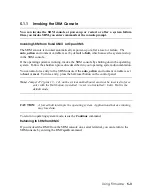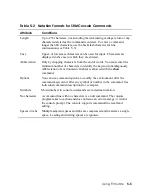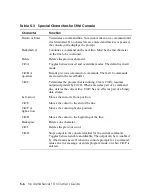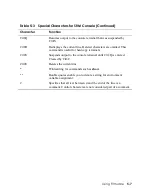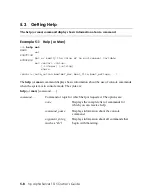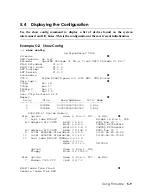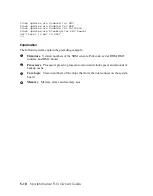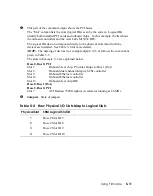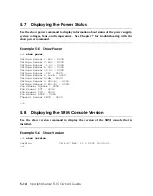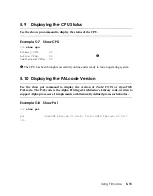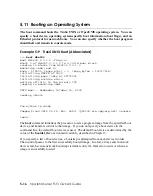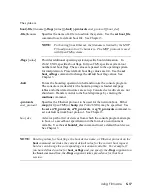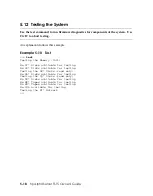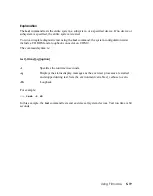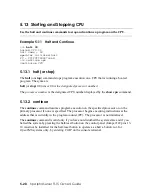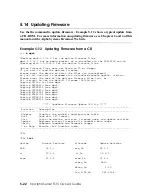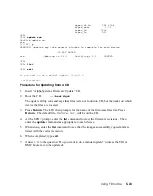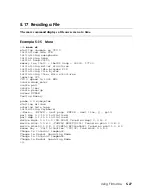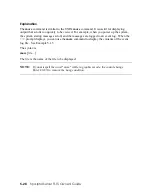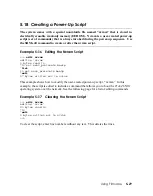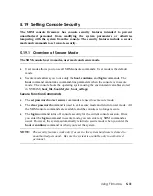
The syntax is:
boot
[
-file
filename
] [
-flags
[
value
]] [
-halt
] [
-protocols
enet_protocol
] [
boot_dev
]
-file
filename
Specifies the name of a file to load into the system. Use the
set boot_file
command to set a default boot file. See Chapter 3.
NOTE:
For booting from Ethernet, the filename is limited by the MOP
V3 load protocol to 15 characters
.
The MOP protocol is used
with OpenVMS systems.
-flags
[
value
]
Provides additional operating system-specific boot information. In
Tru64 UNIX
, specifies boot flags. In
OpenVMS
, specifies system root
number and boot flags. These values are passed to the operating system
for interpretation. Preset default boot flag values are 0,0. Use the
set
boot_osflags
command to change the default boot flag values. See
Chapter 3.
-halt
Forces the bootstrap operation to halt and invoke the console program.
The console is invoked after the bootstrap image is loaded and page
tables and other data structures are set up. Console device drivers are not
shut down. Transfer control to the bootstrap image by entering the
continue
command.
-protocols
enet_protocol
Specifies the Ethernet protocol to be used for the network boot. Either
mop
(for
OpenVMS
) or
bootp
(for
Tru64 UNIX
) may be specified. Use
the
set ew*0_protocols
,
ei*0_protocols
,
or
eg*0_protocols
command to
set a default network boot protocol. See Chapter 3.
boot_dev
A device path or list of devices from which the console program attempts
to boot, or a saved boot specification in the form of an environment
variable. Use the
set bootdef_dev
command to set a default boot device.
See Chapter 3.
NOTE:
Entering values for boot flags, the boot device name, or Ethernet protocol on the
boot
command overrides the current default value for the current boot request,
but does not change the corresponding environment variable. For example, if
you have defined a value for
boot_osflags
and you specify the
-flags
argument on
the
boot
command line, the
-flags
argument takes precedence for that boot
session.
Using Firmware
5-17

